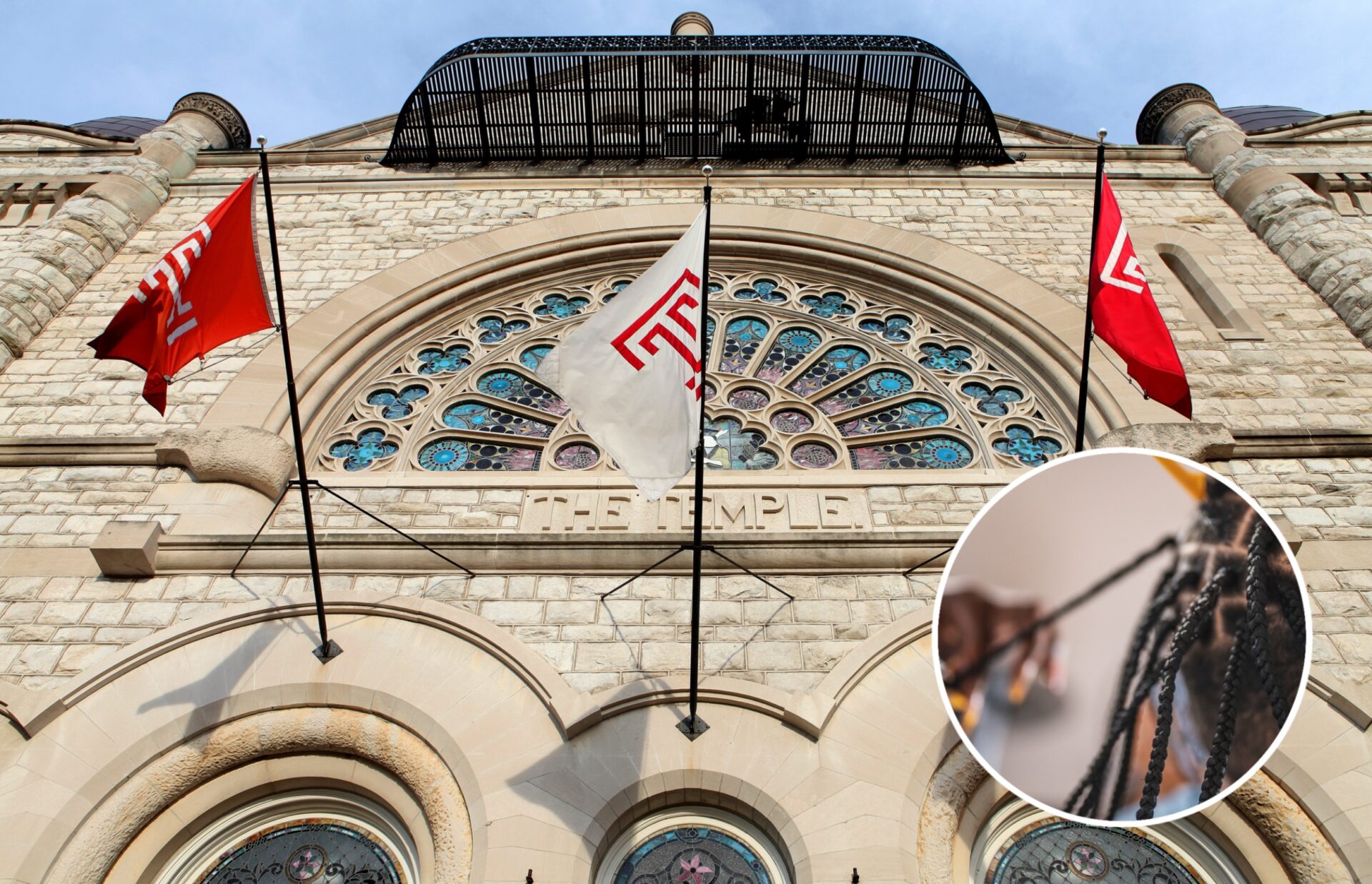
November 15, 2023
Temple University Med Student Seeks To Diversify X-Rays For Black Hairstyles
Their work is making the field of radiology more inclusive and helpful to Black patients.
Temple University is doing its part to make the medical field more inclusive. A medical student at the institution, Angela Udongwo, is conducting research so that X-rays can better identify Black hairstyles in their imaging.
As she approached her third year in medical school, Udongwo joined Hillel Maresky’s lab over the summer to resolve the issue through a hair research project. According to the Philadelphia Inquirer, both realized the gap in research on natural hairstyles such as locs, braids, and twists and how they are identified in radiological imaging.
This lack of research disenfranchises Black patients, as doctors’ lack of awareness of these hair patterns in the X-rays can cause errors in their analysis. Through their research, Maresky and Udongwo hope to develop a baseline for doctors to differentiate between an artifact and Black hair textures, with virtually no other research previously conducted on this specific issue.
Introducing the language surrounding the various types of Black hairdos was the first step for Udongwo, as doctors of all backgrounds should be aware of the styles to serve diverse patients better. With the field of radiology primarily filled with white men, as reported by the American Medical Association in a 2021 survey, doctors must widen their knowledge so that Black patients are not forced to receive additional testing solely due to unawareness.
Challenging doctors’ ability to identify hair textures from signs of illness in body scans has been met by and beyond the Temple community with an openness to learn, as explained by Udongwo.
Leading the way in identification of Black Hair versus pathology! @TempleUniv @TempleRadRes @TempleRADs @TempleLung https://t.co/9pBg50Na3J
— Temple Cardiothoracic Radiology (@TempleChestRADs) November 7, 2023
“I’m surrounded by people who really like to learn and want to become better physicians,” the student said. “I’m really excited to see where this goes.
As she continues to work toward broadening radiology’s patient base, she hopes to make strides with her new purpose despite receiving smaller endowments.
“We may not be the most well-endowed hospital in terms of donations and grants,” stated Maresky. “But we do have something that, I think, is even more powerful: A diverse patient population.”